Anticipate risks, activate response scenarios
Since the US announced a 46% reciprocal tax on Vietnamese goods on April 2, 2025, the domestic business community has immediately entered a “state of emergency”. Although this tax has not officially taken effect and has been postponed for 90 days, until early July, this is considered a decisive moment for Vietnam and the US to reach a trade agreement to avoid the worst-case scenario.
Meanwhile, Vietnamese businesses did not wait for results from the negotiation table but proactively activated a series of response measures to minimize risks.
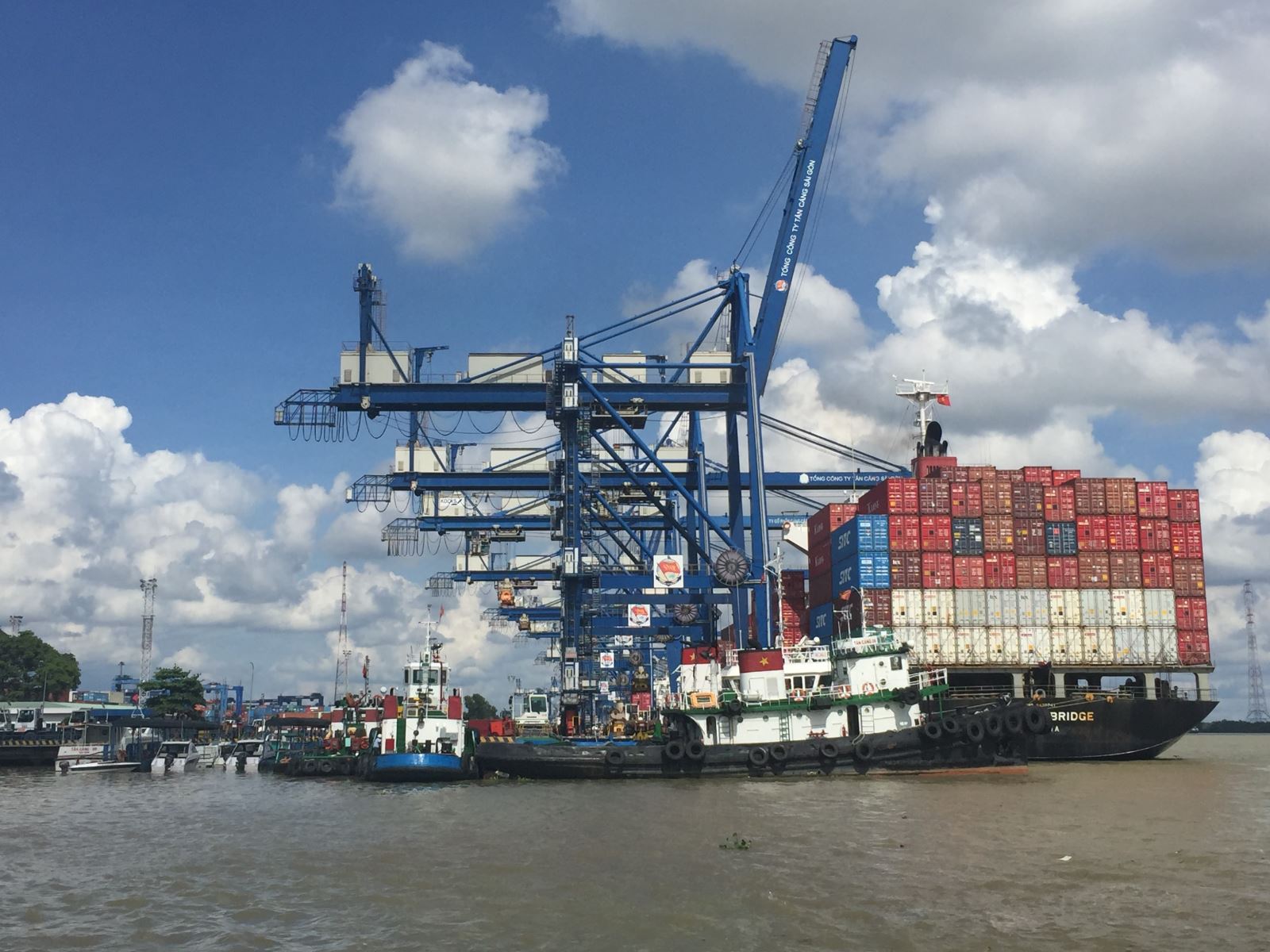
According to the recently published “Business Outlook 2025” report by UOB Bank (Singapore), up to 80% of surveyed Vietnamese enterprises said they had begun implementing response strategies immediately after the US announced its tax policy. Notably, instead of just offering temporary solutions, Vietnamese enterprises are tending to establish long-term scenarios, reflecting a strong shift in risk management and prevention thinking.
Commonly implemented measures include: Diversifying suppliers, increasing localization of supply chains, gradually reducing the proportion of exports to the US market and boosting exports to markets in the ASEAN region. About 70% of businesses participating in the survey expect intra-ASEAN trade to grow strongly, with Thailand and Singapore being the two leading potential destinations. This is a positive sign that the ASEAN region not only plays the role of a “buffer zone” in the context of trade tensions, but also a new pillar in the market development strategy of Vietnamese businesses.
At the same time, many businesses have also quickly adjusted their cost structure to cope with the risk of rising input prices and production costs. UOB said that 52% of businesses are concerned about rising input prices, while 30% expressed concern about widespread inflationary pressures. This poses an urgent need for financial control and operational restructuring, especially in sectors such as textiles, wood products, and seafood - which are highly dependent on the US market.
Along with businesses, domestic credit institutions also quickly reviewed and reassessed the level of credit risk related to exports to the United States. At Vietcombank , the management board said that most export customers have developed early response scenarios and diversified their market structure to avoid dependence. Vietcombank's outstanding FDI loans in this sector account for only about 10%, and heavily affected industries such as wood, seafood, and textiles are also limited.
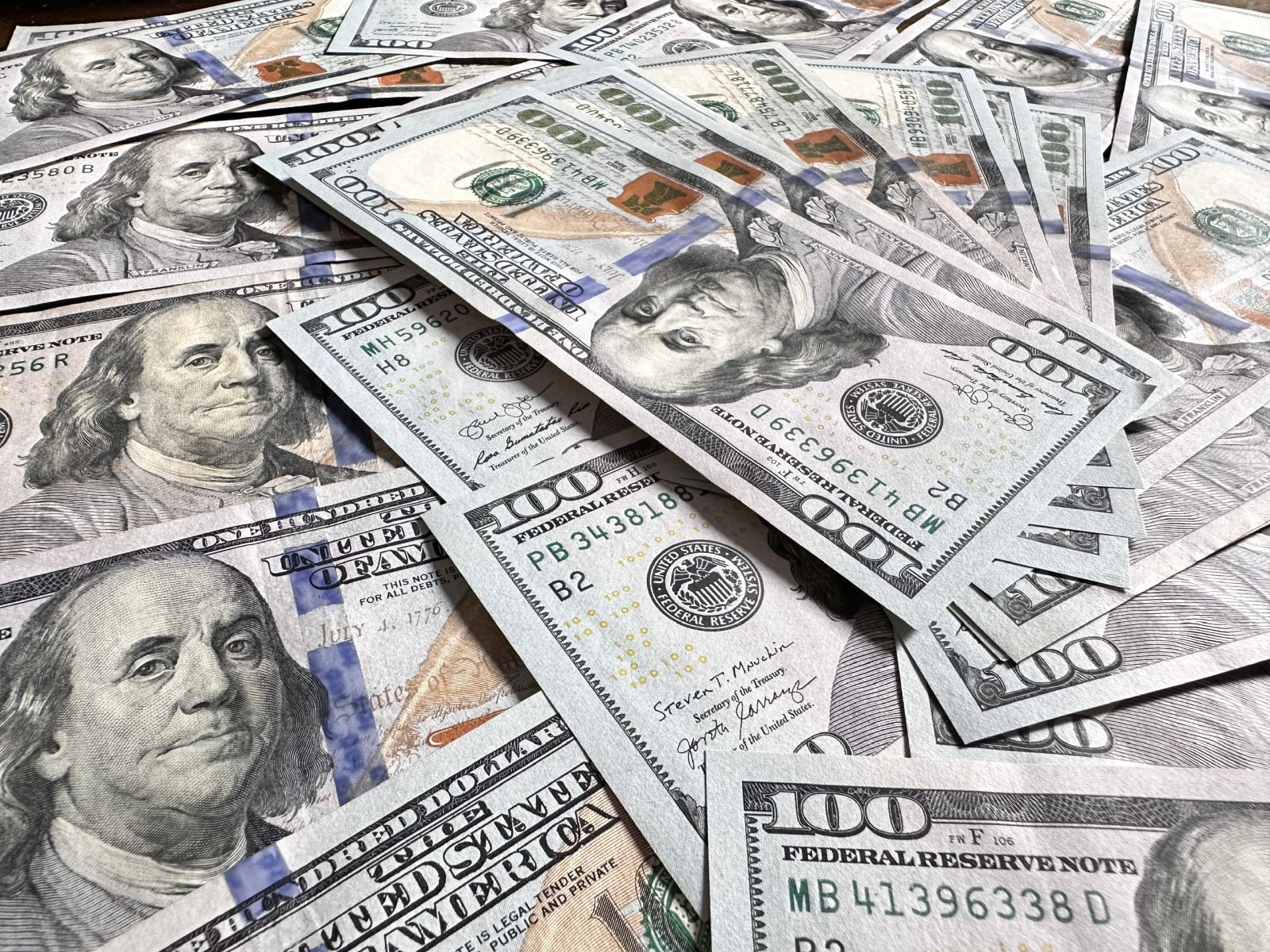
Similarly, VietinBank assessed that in the short term, the impact will mainly be on a number of industries such as furniture and seafood, but there are no signs of FDI withdrawal or widespread liquidity loss. BIDV believes that about 15% of the loan portfolio may be indirectly affected, but not to the extent of strongly affecting the entire system's profits. Some customers have adjusted import and export prices, shifted supply chains or renegotiated contracts to maintain profit margins.
From another perspective, banks such as MBBank, TPBank, HDBank and LPBank all said that the proportion of direct loans for enterprises exporting to the United States only fluctuates from 0.3% to less than 2%, a level that is considered "safe" and under control.
Techcombank, with a share of export loans to the US of about 3%, forecasts that operating revenue may be affected in the short term but will be offset by cost-cutting measures.
Meanwhile, VPBank believes that tariffs may negatively affect FDI investment and export industrial zones, but confidence in GDP growth of 6.5 - 8% is still maintained thanks to the Government's role in policy support and macro management.
Businesses promote restructuring and digitalization
If in the initial phase, Vietnamese enterprises focused on responding quickly to protect production operations and stabilize export markets, then entering the "before G hour" phase, when tariffs can officially take effect after July 9, 2025, longer-term strategies have been activated. From restructuring the supply chain to comprehensive digital transformation, the business community is demonstrating a proactive spirit of transformation to not only overcome immediate difficulties but also consolidate its position in the long term.

According to an assessment from PricewaterhouseCoopers (PwC), instead of focusing solely on “cost cutting”, a common reaction when a crisis breaks out is that Vietnamese enterprises are now moving towards a model of “flexible and sustainable restructuring”. The core of this strategy is to reduce dependence on a key market such as the United States and promote the ability to operate independently through innovation in production and business models.
PwC emphasized that businesses that can apply a lean operating model, integrate digitalization and expand localization capacity will be the ones that maintain a real competitive advantage in an uncertain context.
A clear trend is that businesses are shifting their focus to digitalization and technology as a “shield” against external shocks. According to economic experts, digitalization is no longer an option but has become a vital strategy to help businesses maintain speed in the global competitive race.
A UOB survey shows that 61% of Vietnamese businesses will invest in digital transformation by 2025, not only to optimize production processes but also to manage risks, forecast input costs and build a more flexible supply network.
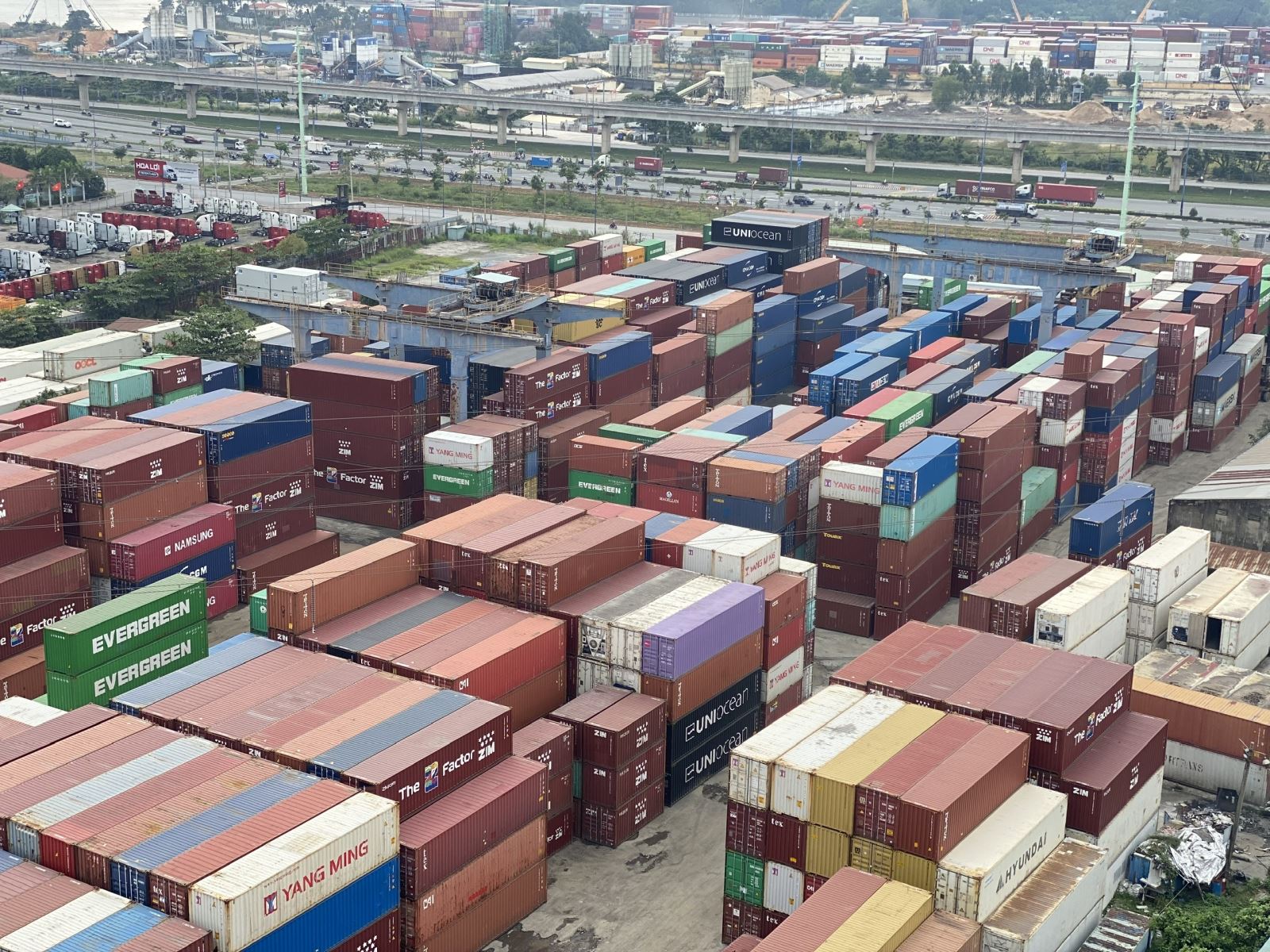
At the same time, the trend of localizing supply chains is accelerating strongly. In 2024, up to 72% of businesses will prioritize choosing domestic suppliers, 67% will source in the ASEAN region, and only 43% will still rely on China. This is evidence of a strategic awakening after many years of being caught up in an unstable global supply network. Localization not only helps reduce the risk of supply chain disruption but also enhances the ability to control quality, time and logistics costs, factors that determine competitiveness in the context of tightening tariffs.
Another important driving force in this transformation is the next generation of leaders, who account for about 75% of the total number of surveyed enterprises in Vietnam. Unlike the previous generation, this group of leaders is well-trained in an international environment, has an innovative mindset and is willing to experiment with breakthrough technologies such as artificial intelligence, cloud computing, blockchain or augmented reality. More importantly, they promote the principles of sustainable development and ESG (environmental-social-governance) governance, seeing it as a tool to build brands and attract long-term investors.
Notably, over 95% of successor leaders identify sustainable development as a top strategic priority. Experts say they proactively leverage green finance, sustainable financing, and ESG bond issuance as a tool to go hand in hand between transformation and profitability. These actions not only help businesses “stay one step ahead” of their competitors, but also demonstrate that the internal strength of Vietnam’s private economic sector is truly transforming, in terms of vision, governance, and adaptability.
In the context of the ongoing trade tensions, building a business ecosystem that is both fast enough to respond and durable enough to survive is both a challenge and a valuable opportunity. In fact, many Vietnamese businesses have been proactively stepping over that threshold, not with a reactive mindset but with a long-term development vision. This is the fulcrum that helps the Vietnamese economy maintain its growth rate, despite the undercurrents from the global tariff war.
Source: https://doanhnghiepvn.vn/doanh-nhan/doanh-nghiep-viet-xoay-truc-truoc-gio-g-thue-quan/20250701082814776


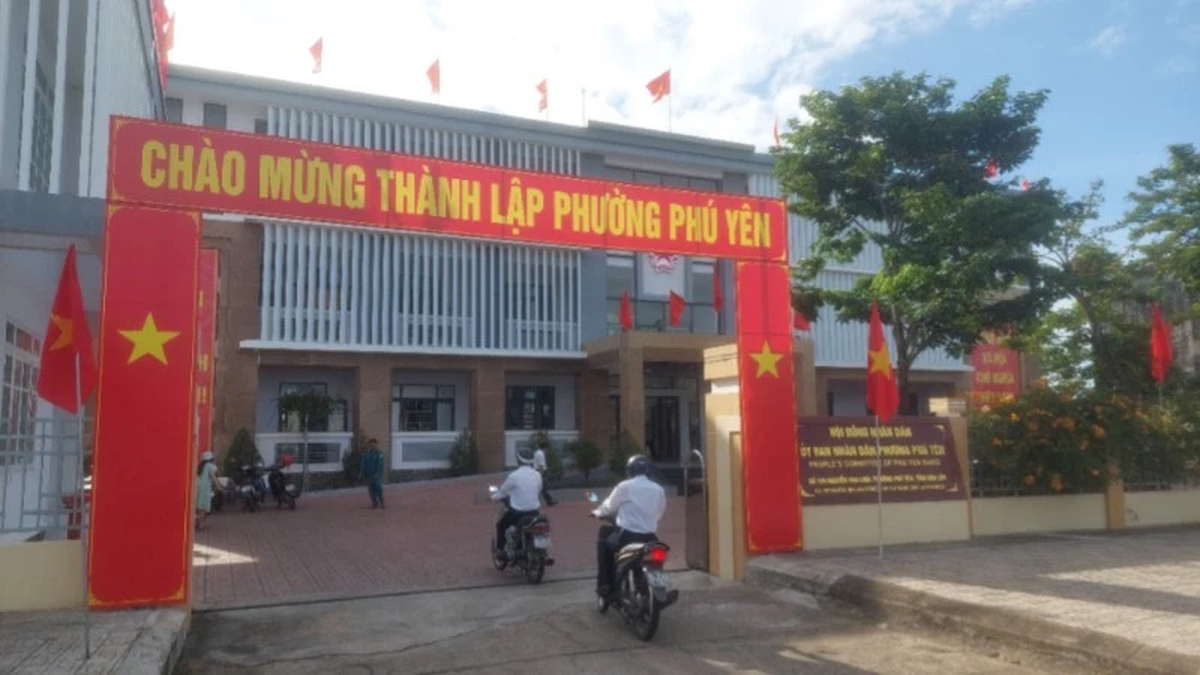

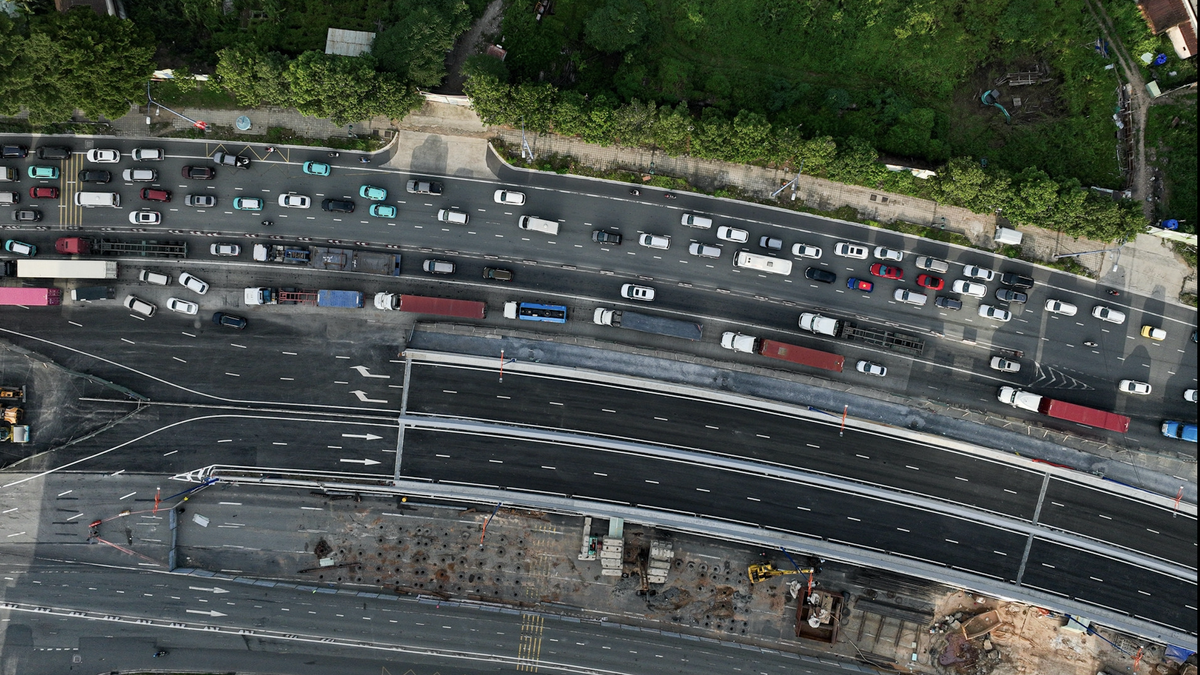
![[Photo] National Assembly Chairman visits Vi Thuy Commune Public Administration Service Center](https://vphoto.vietnam.vn/thumb/1200x675/vietnam/resource/IMAGE/2025/7/1/d170a5e8cb374ebcae8bf6f7047372b9)














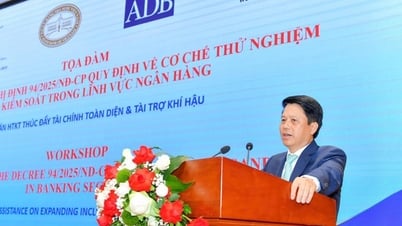


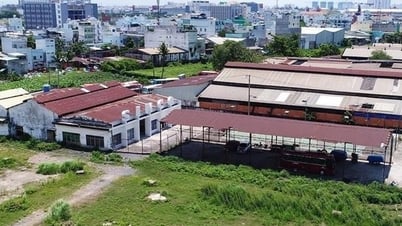
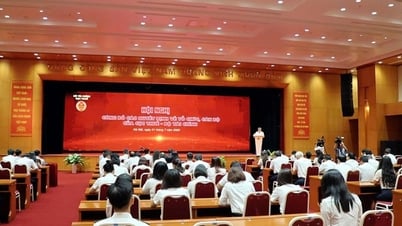




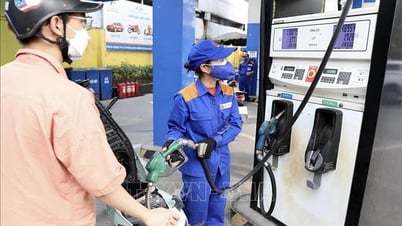
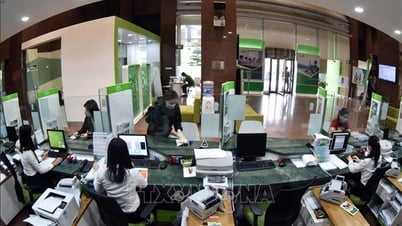


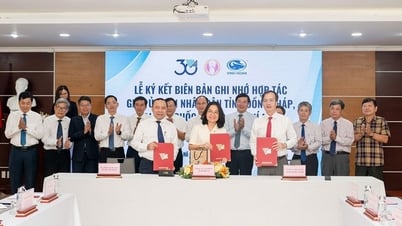
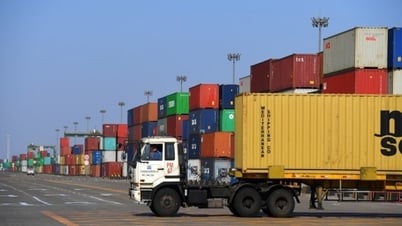









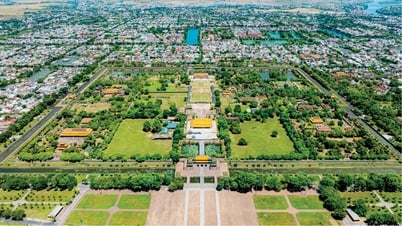




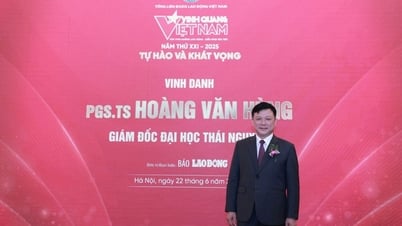



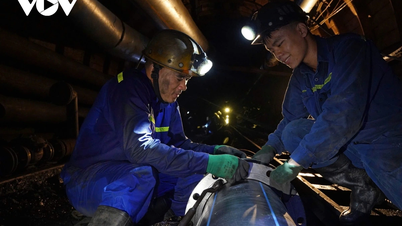

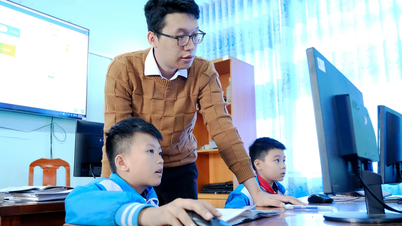









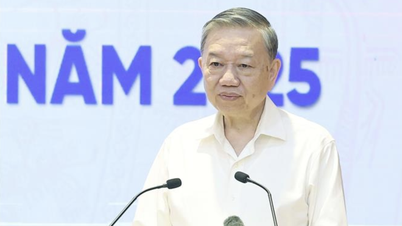










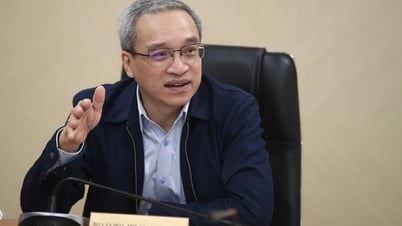




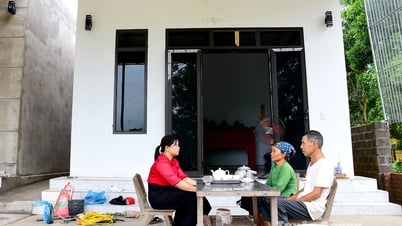

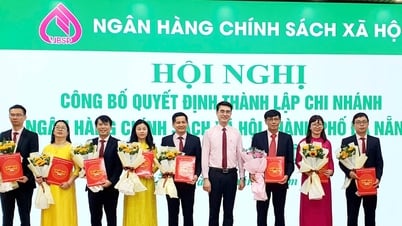



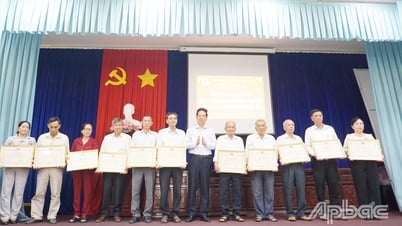


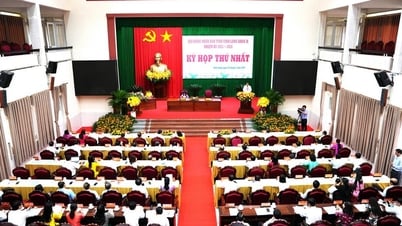

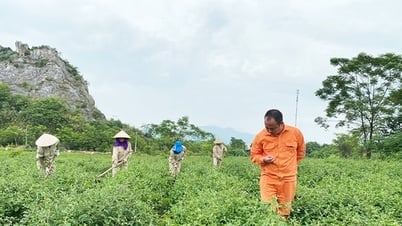








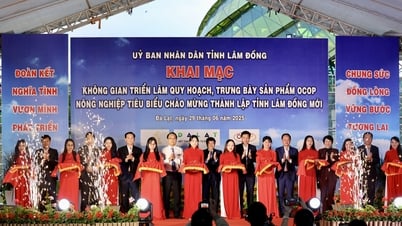


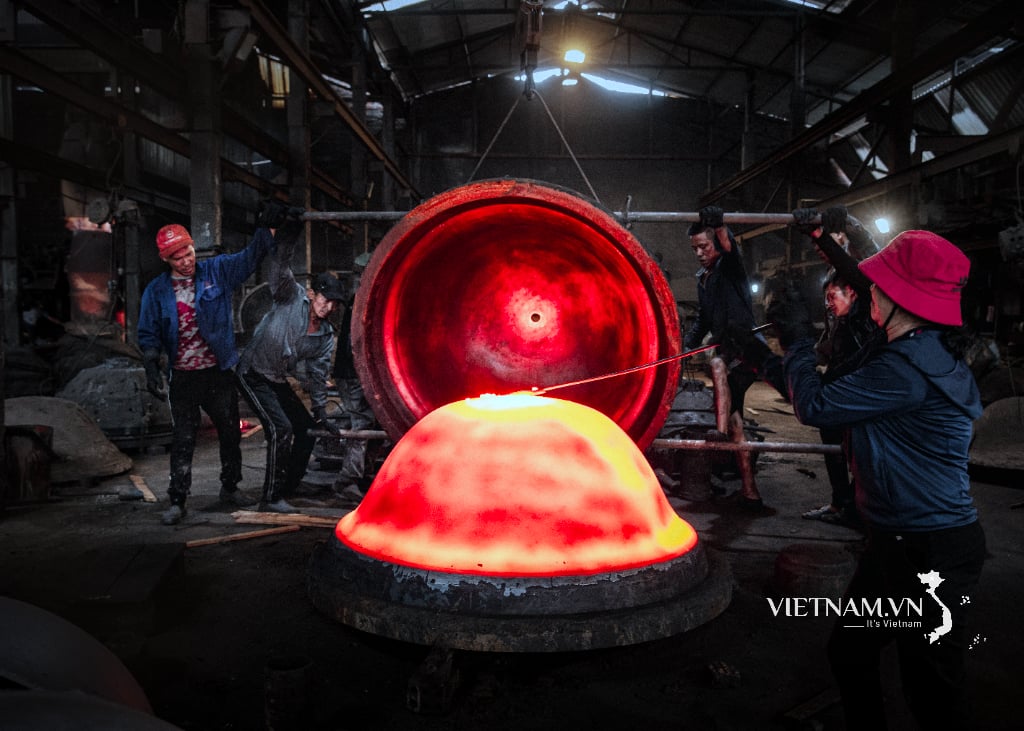



Comment (0)